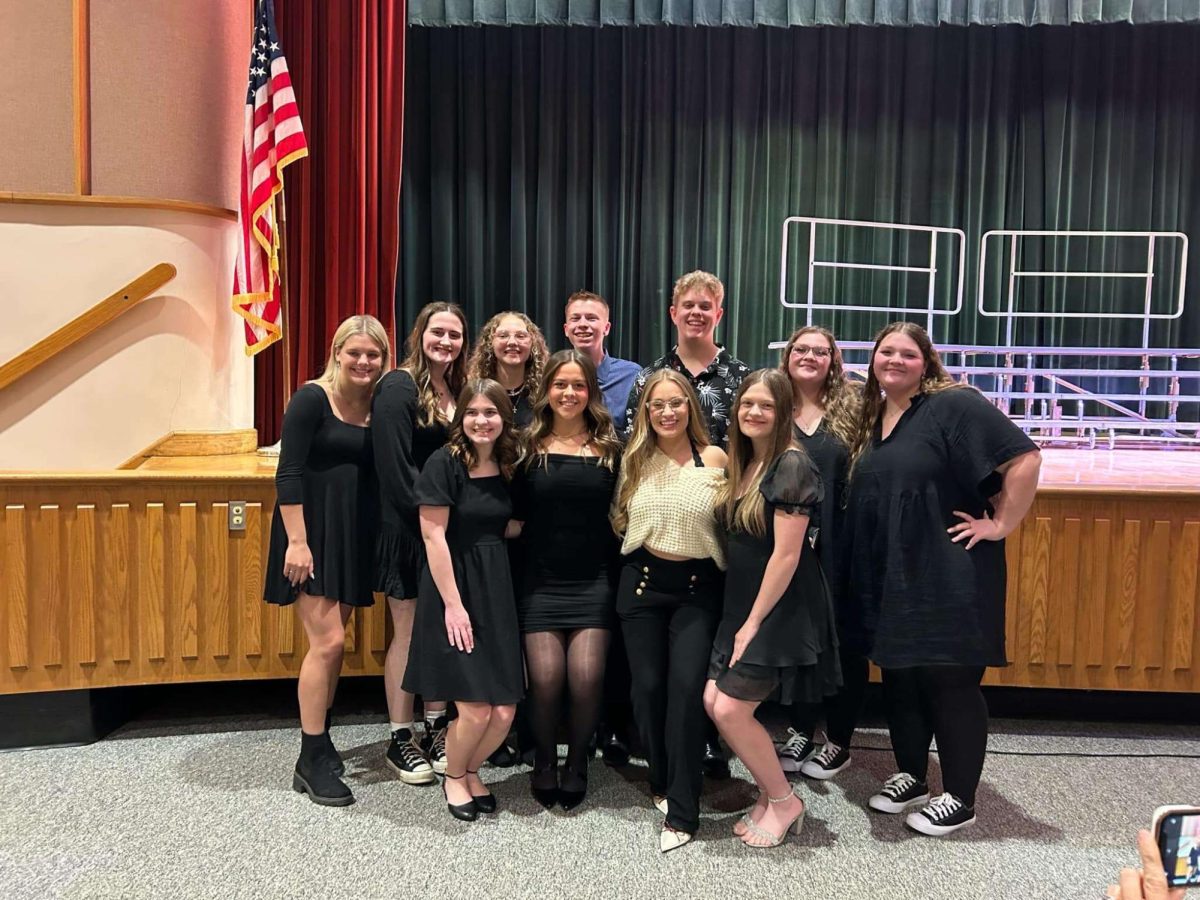
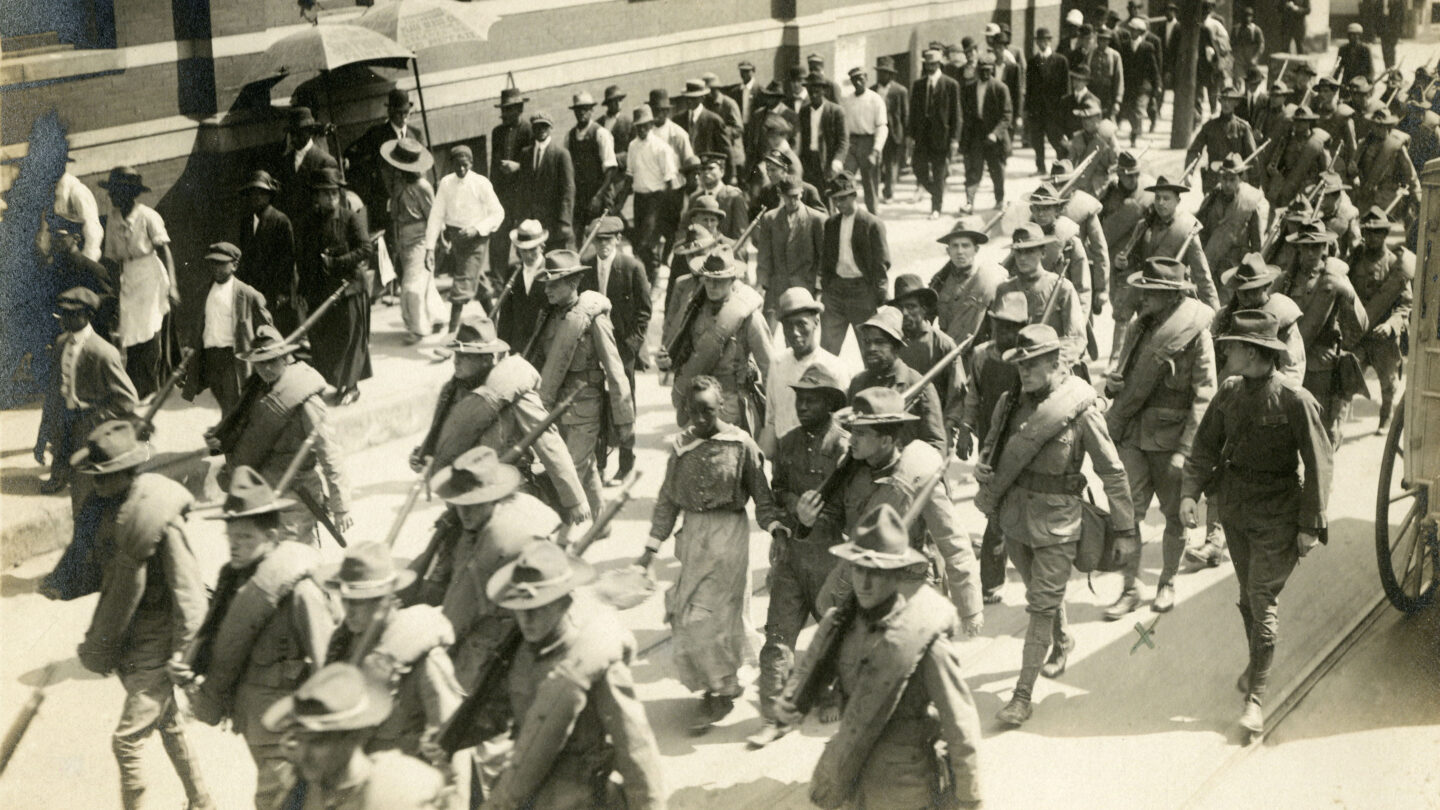
Have you ever wanted to enjoy a fun beach day on the lake and do some fun outdoor swimming activities? Have you ever arrived at said lake and worried about dying? Have you ever arrived at said lake and been swimming and felt your leg hit something a bit too solid? And have you ever taken a peek under the water to see something utterly horrifying? Buildings, stores, churches, streets, cars, an entire city. All under your very own local lake. Welcome to Lake Lanier, Gwinnett County, Georgia, more formally, and previously, known as Oscarville, Forsyth County, Georgia.
Have you ever hated a person or even a group of people so much you wanted them to just disappear? Apparently, the U.S. Army Corps of Engineers has, and they did. In just a little over 50 years they managed to run out every Black resident of the town, and flood it. They didn’t even care to remove the entire still-standing town underneath. Since then anywhere from 500-700 people have died in Lake Lanier, key word being “died” not “drowned.” Various deaths have occurred in and on the lake for various reasons, from boat fires and disappearances, to car crashes into the water. But drowning is the least of your concerns when swimming here.
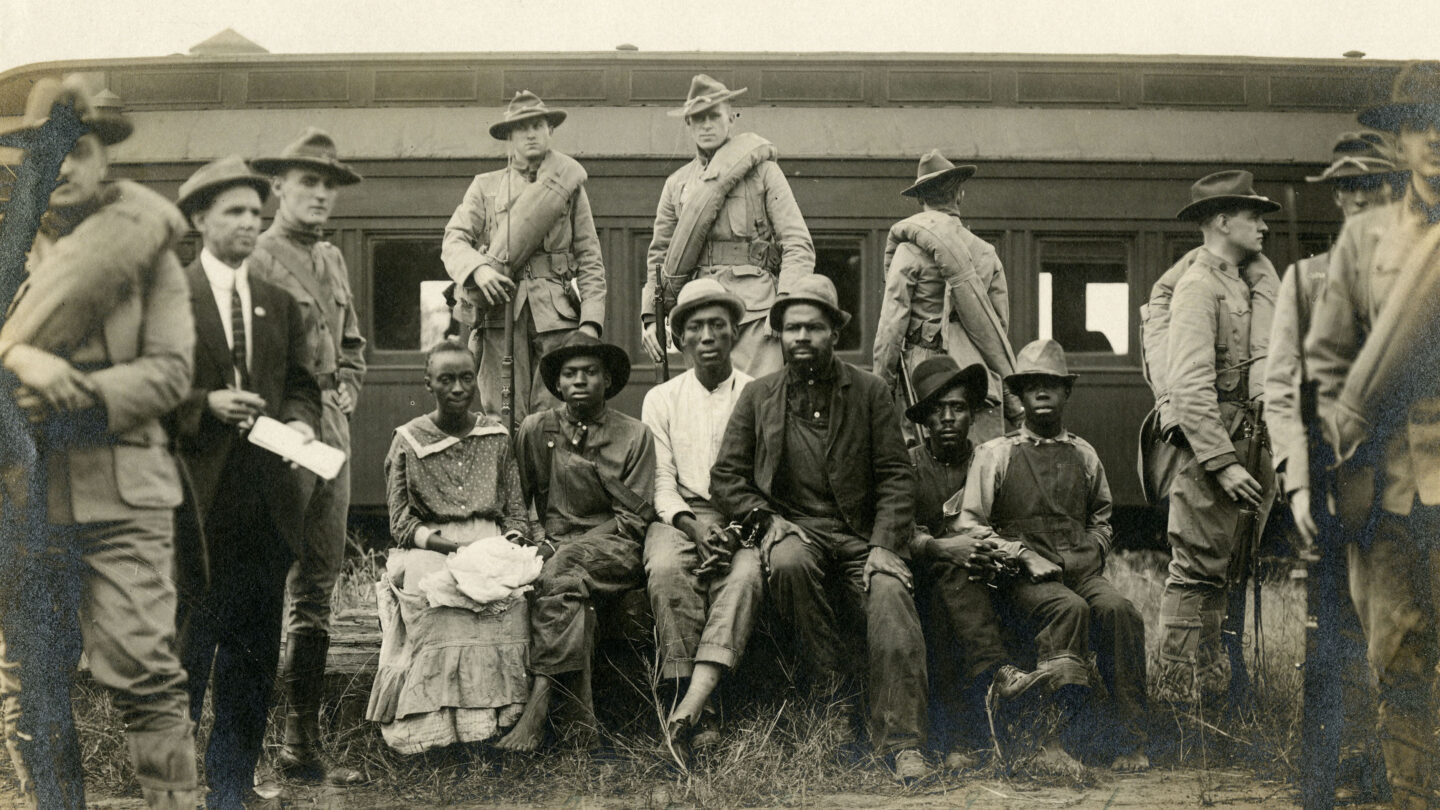
Forsyth County, Oscarville, GA 1912 – How A thriving Georgian Black community was placed underwater due to misguided hate and raging racism.
Nineteen-year-old Mae Crow, a white woman, was found dead in the nearby woods. She was brutally sexually assaulted and killed, and Forsyth County Sheriff Bill Reid had chosen to arrest Rob Edwards, Ernest Knox, and Oscar Daniel. They were the chosen targets for blame of the attack.
Lynching was a common form of public execution used by white mobs to control Black populations at the time. Edwards was not an exception. Edwards was hanged by an all-white mob known as the “Night Riders” in the middle of the town, while Knox and Daniel were charged by an all-white jury and later executed for their said crime of murdering Crow. This only escalated and caused the racism problem to continue.
Somewhere nearby.
Ellen Grace, 22. While her husband was away, a black man entered her home and attacked her, or so she claims. When her husband returns he and other men gather to search for the attacker, and they find him: Toney Howell, also 22. He is the attacker, or so they claim. The same sheriff, Reid, arrested him and four others: Isaiah Pirkle, 35, Joe Rogers, 24, Fate Chester (Unknown), and Johnny Bates (Unknown). When the white residents discovered the names of the attackers and where they’re held up, the nearby jail, they form a mob. They beat the local Black reverend for defending the accused men on the courthouse steps. Reid and his Deputy, Gay Lummus, come aid him and attempt to relocate the mob. They shelter him inside the courthouse. The local Black population and an all-Black organization set out for the courthouse after hearing the news. Of course, when Black people gather for justice of the wrongly convicted in the 1910s, it meant they were dangerous and a threat to the general population. A rumor spread. They were said to have had bombs and dynamite, although this was obviously untrue.
While they made their way to the courthouse, more heavily armed white men make their way to the courthouse due to the previously mentioned rumor and how susceptible people in a panic are to propaganda. Little did they know that the same courthouse they were soon to be in the middle of had an estimated 500, likely armed, white men and women awaiting them. They chase the Black men and women away while the mayor, Charlie Harris, attempts to calm them. Despite his attempts to return them to their homes, they refused. So the mayor reaches the Georgia governor, Joseph Brown, telling him to send the national guard to remove the mob. The closest National Guard units were 62 miles away in Marietta, and by the time they arrived the mob had disappeared. While this was occurring, nearby the Crow case was being investigated, Knox was forced into a confession by the Klu Klux Klan and Night Riders.
A mob of 2000 white men and women dragged his body through the streets, according to a news article. The other “accomplices” started their court trial on October 3, 1912. By the end of 1912, Forsyth residents had pushed almost all black residents out of the town, from a thriving population of 1100 to near zero.
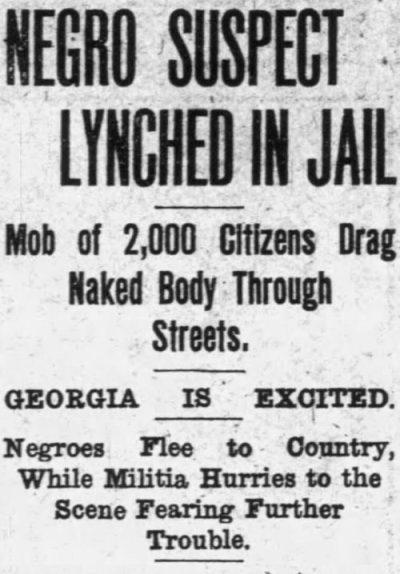
Oscarville, 1950
The town of Oscarville had gone from a thriving population of over 1100 Black residents to nearly no residents at all. The few remaining people of the population of Oscarville by 1950 were Black residents being terrorized, in constant fear of the Klu Klux Klan and Night Riders. The U.S. Army Corps of Engineers needed to supply energy to the local towns, so they decided, with persuasion from the Klan and Night Riders, what better place to have a water dam than Oscarville, Georgia? So, that’s what they did.
The Army had paid fair or even overvalue for the white-owned houses and land, while Black land was deemed valueless and not worth much. The white population had been given more than enough money to move to a better place while the Black population had barely enough to relocate.
By 1956 the dam and lake was finished. It wasn’t used recreationally, nor was it intended to be, due to its intended use of energy production. Therefore, they didn’t take down a single thing there. Buildings, streets, street signs, churches, houses, cars, household items, grocery stores, schoolhouses, parks, hospitals, fire stations, courthouses, police departments, a whole stadium, and even the town graveyard, all of it, is still underwater in Lake Lanier. To top it all off, they named it after a confederate poet and writer.
Over 700 people have died in Lake Lanier since its making and construction (or deconstruction, if you would) in the ’50s. Over 240 people between 1994 and 2024. Most of the population of the surrounding area has no clue of the rubble underneath their very own lake, while for some its mere history.
Many people say it is “haunted,” and as much as many former residents wish that were true, it’s not. Its not a “Ghost,” its careless genocide and terrorism that left debris in a manmade lake that catches people’s legs and feet.
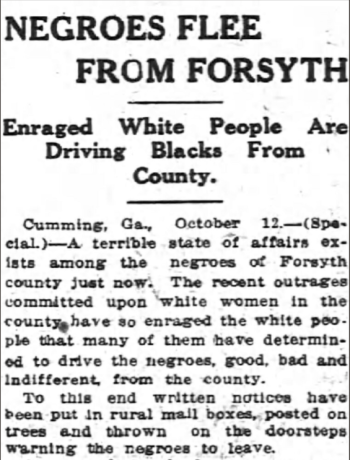
Of the people that have suffered and the 1100 Black civilians, people were hurt everywhere in all aspects. No one should suffer the way that the people of Oscarville did, but this is only one of many histories erased or even put underwater. This isn’t even the first one at Oscarville. Part of the Southeast region of the dam was Cherokee land and a part of the Trail of Tears.
In the 1830s, the U.S. government removed most of the people from their native land, and 80 years later removed Black families from theirs. Then, when history was too prevalent, they built a man made lake on top of the same land they had wrongfully stolen from those minorities who were innocent in the first place.
The next time you go swimming in your favorite lake, make sure there’s not a community of people sunken underneath your very own feet.
Background information credits:






